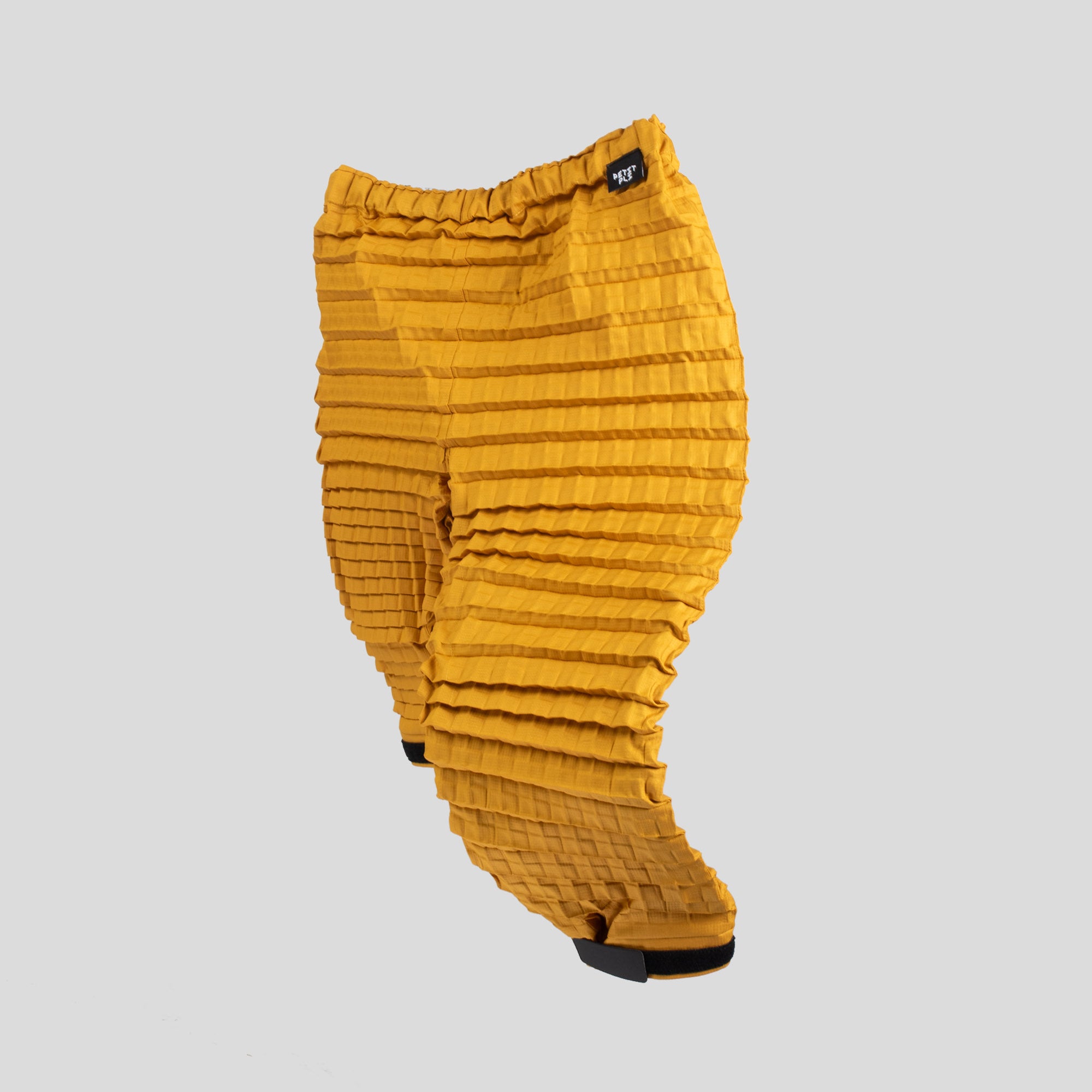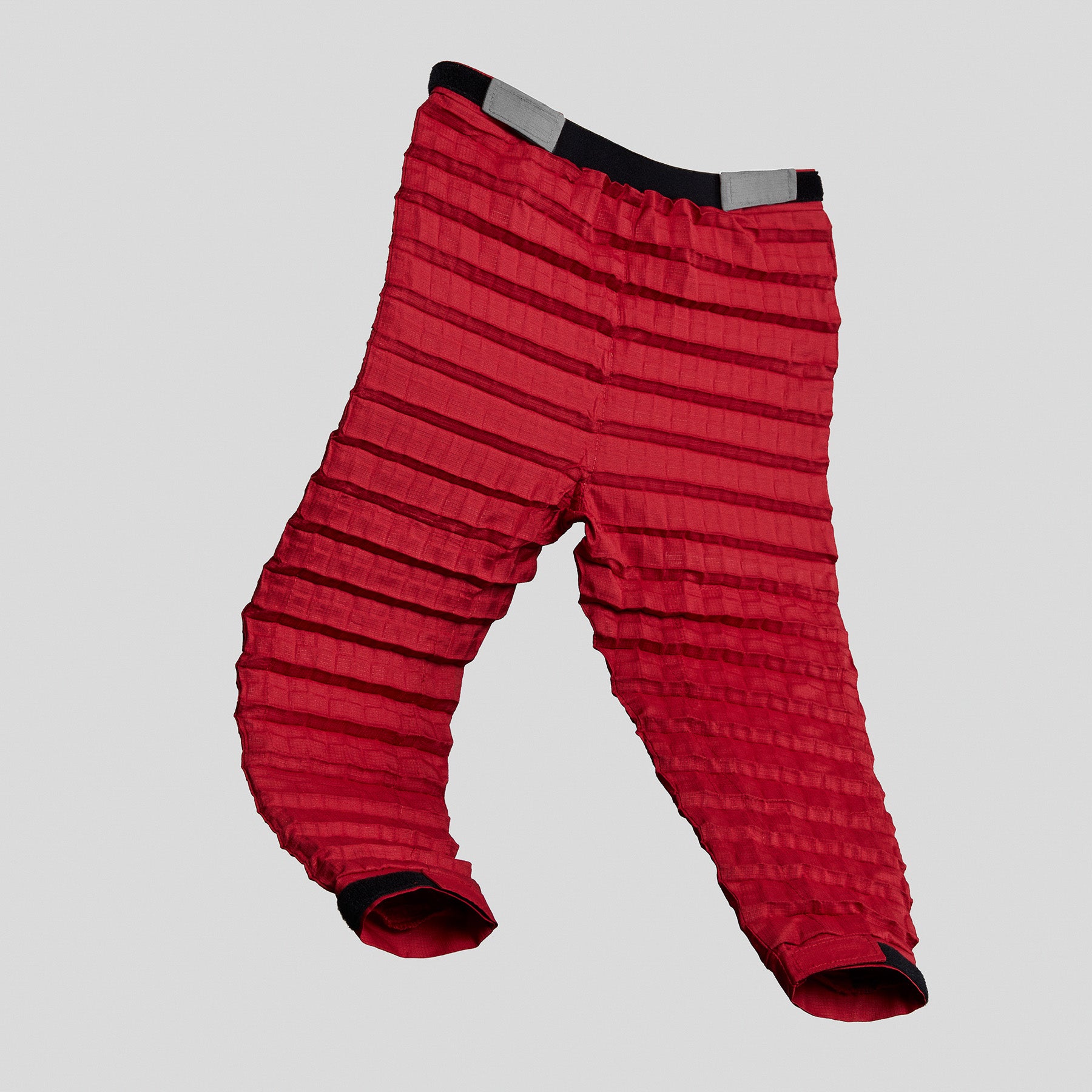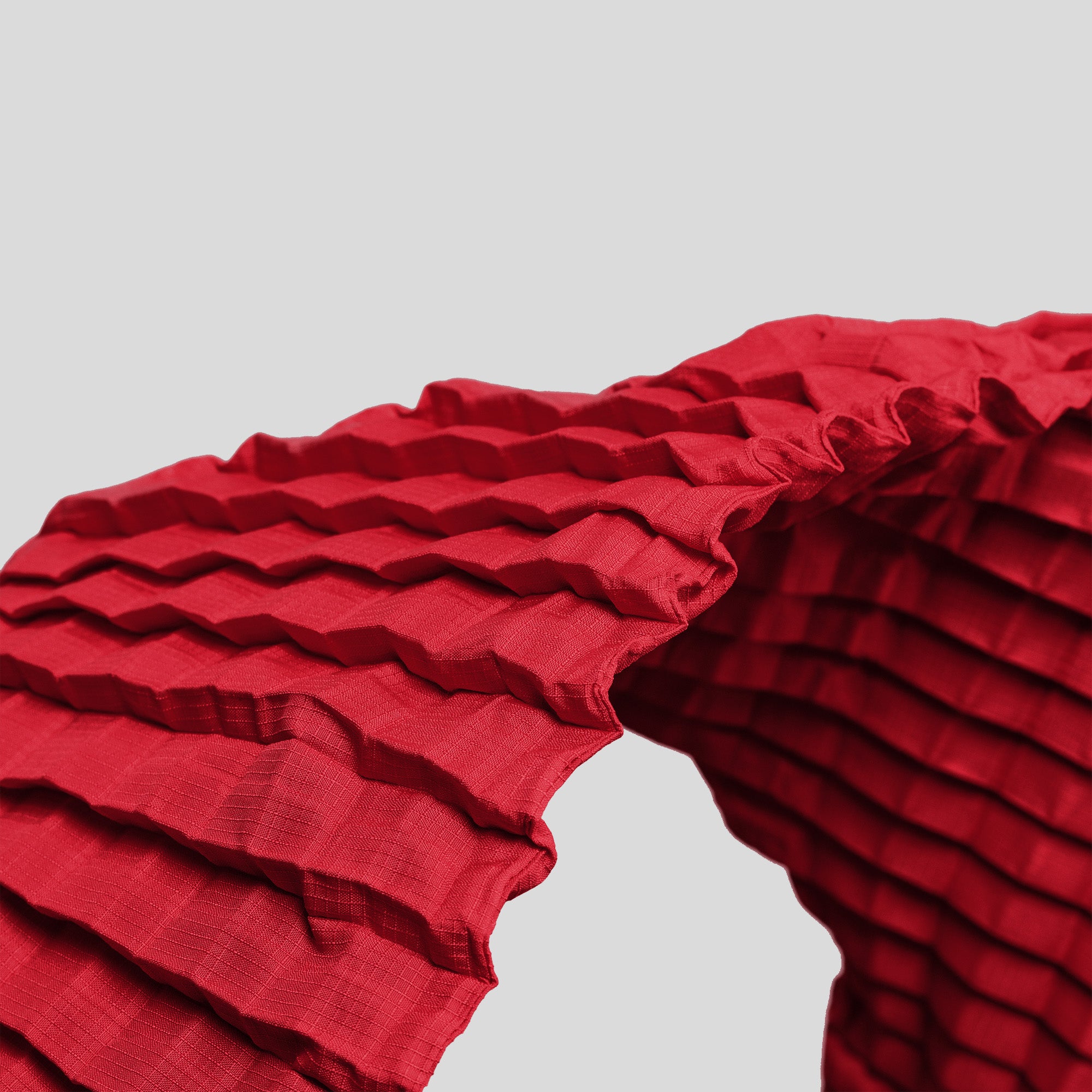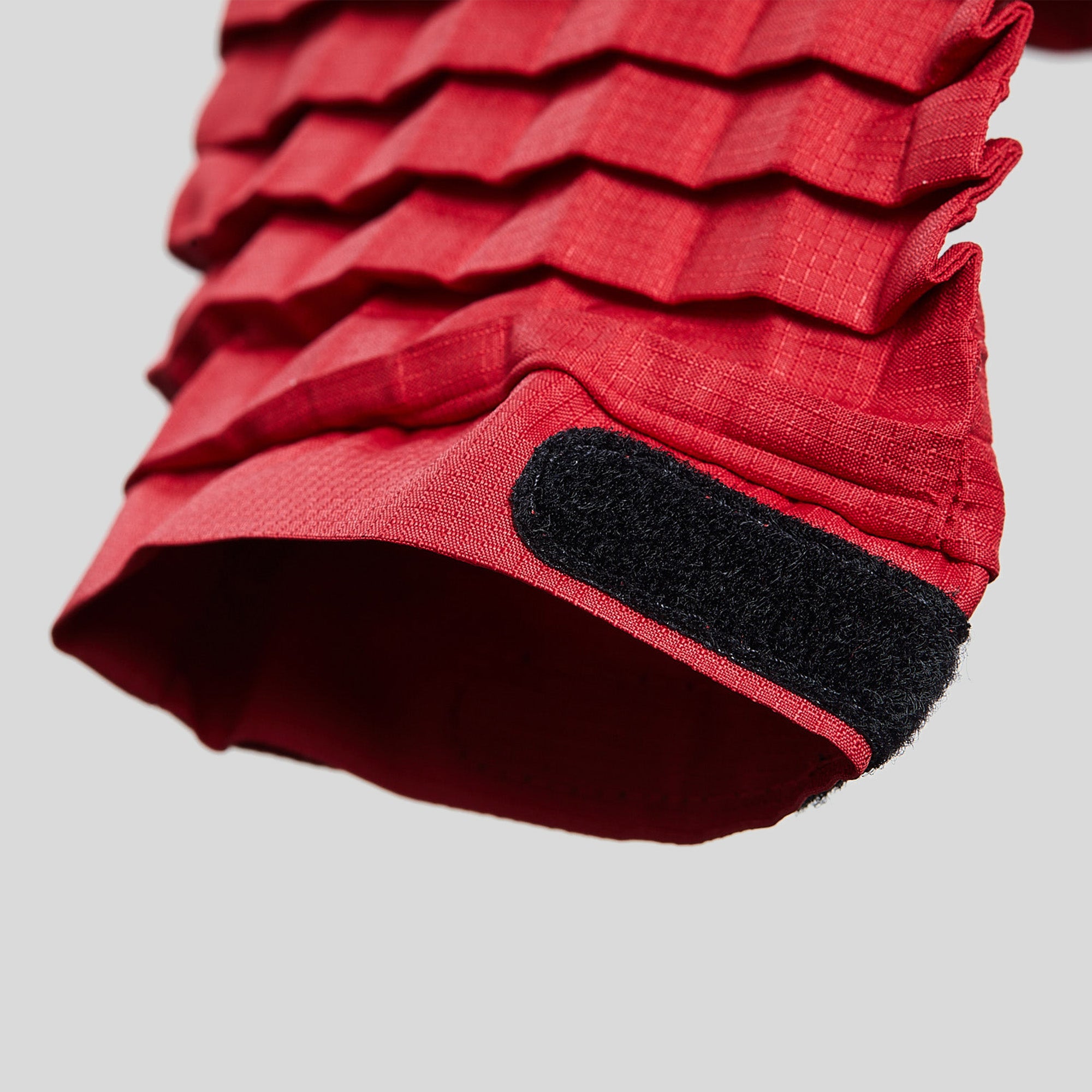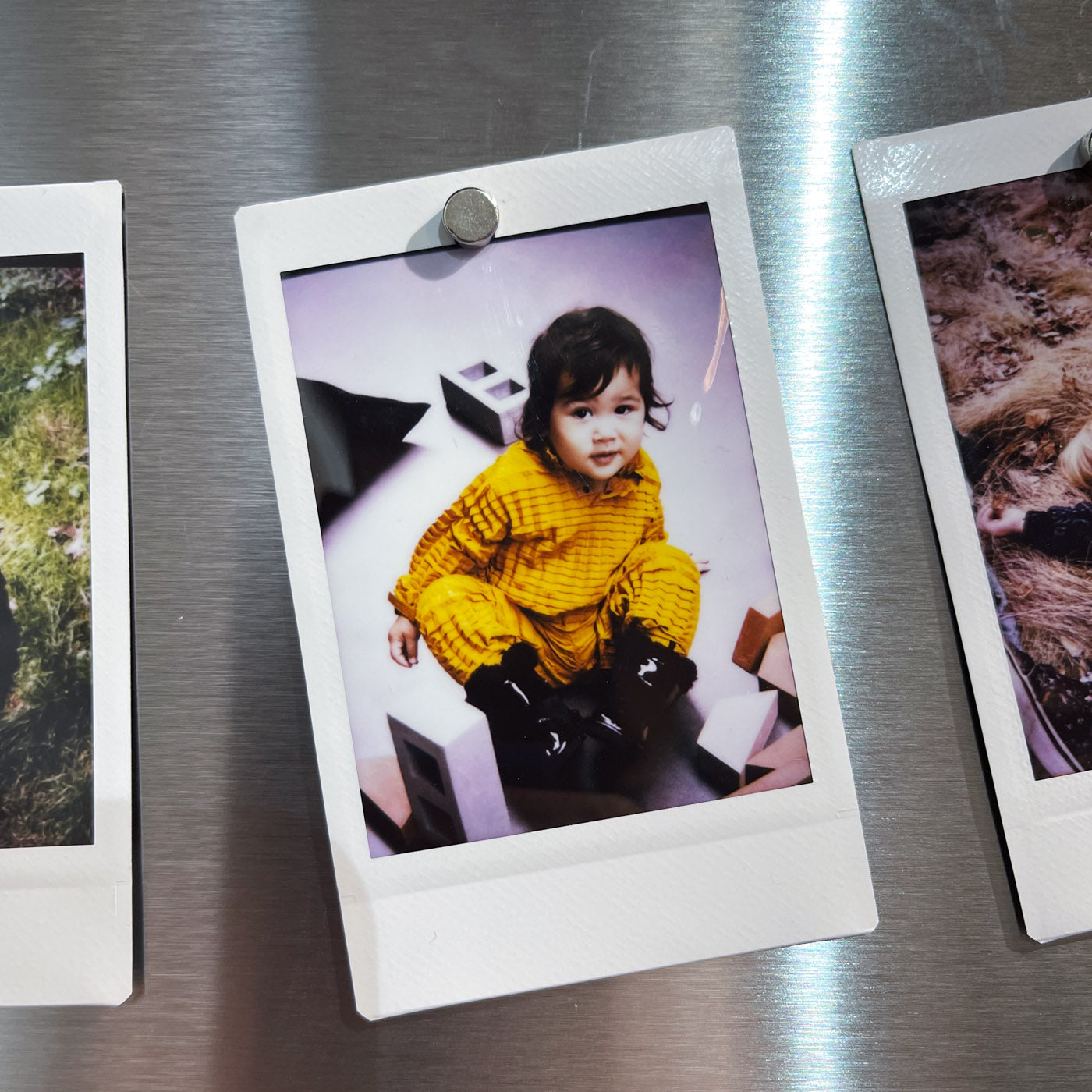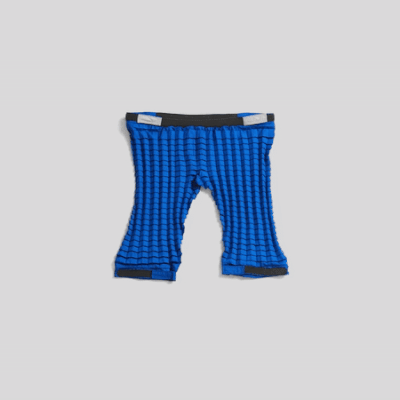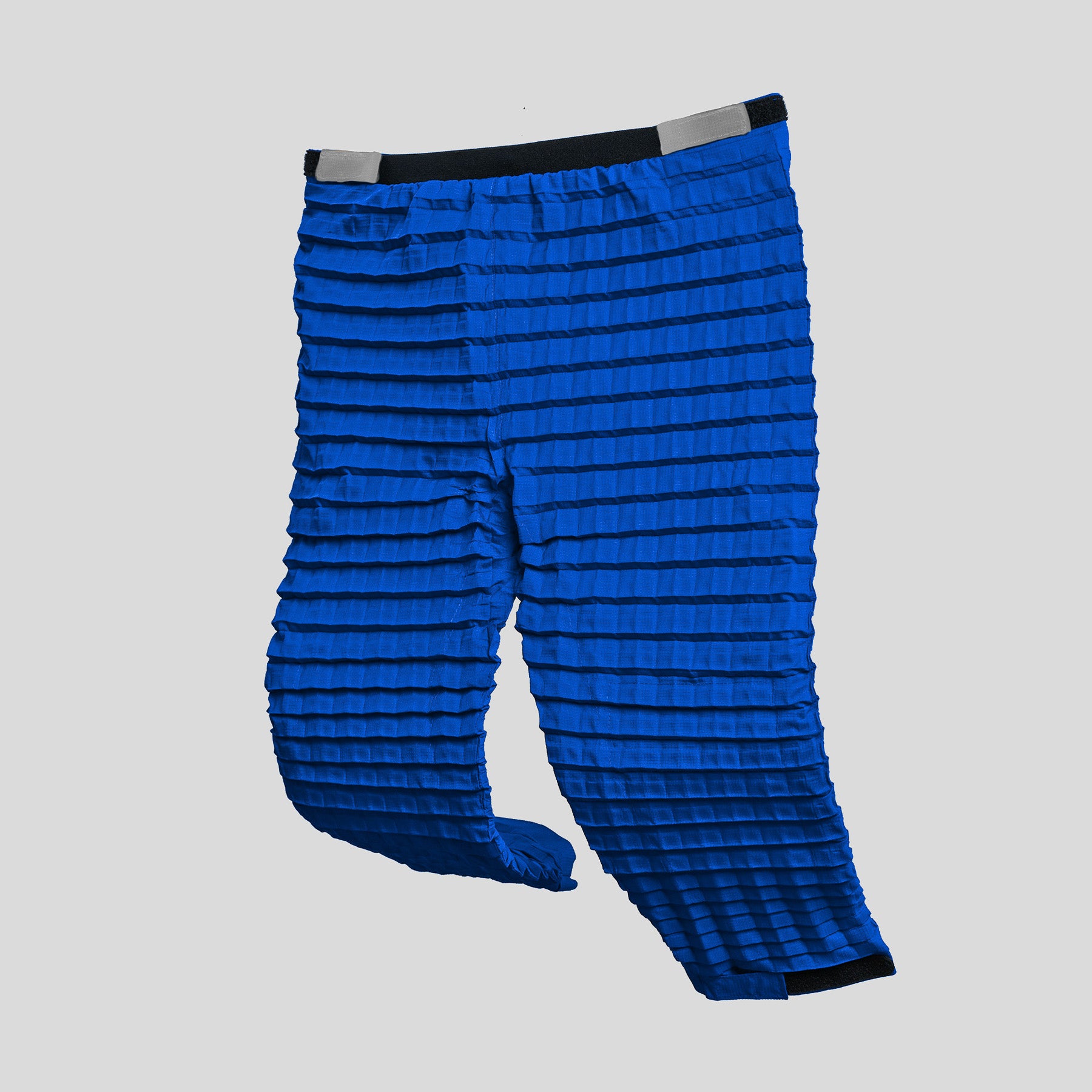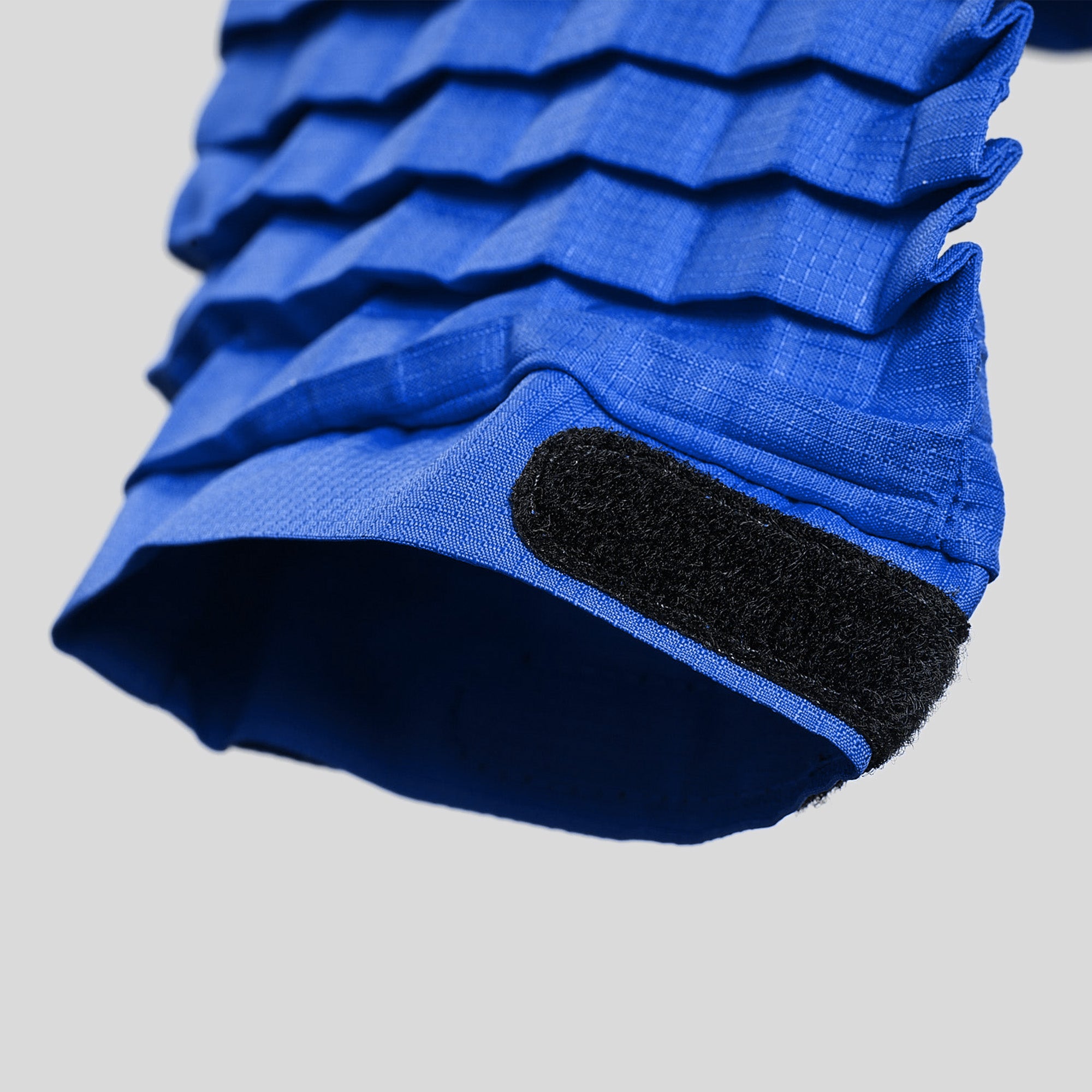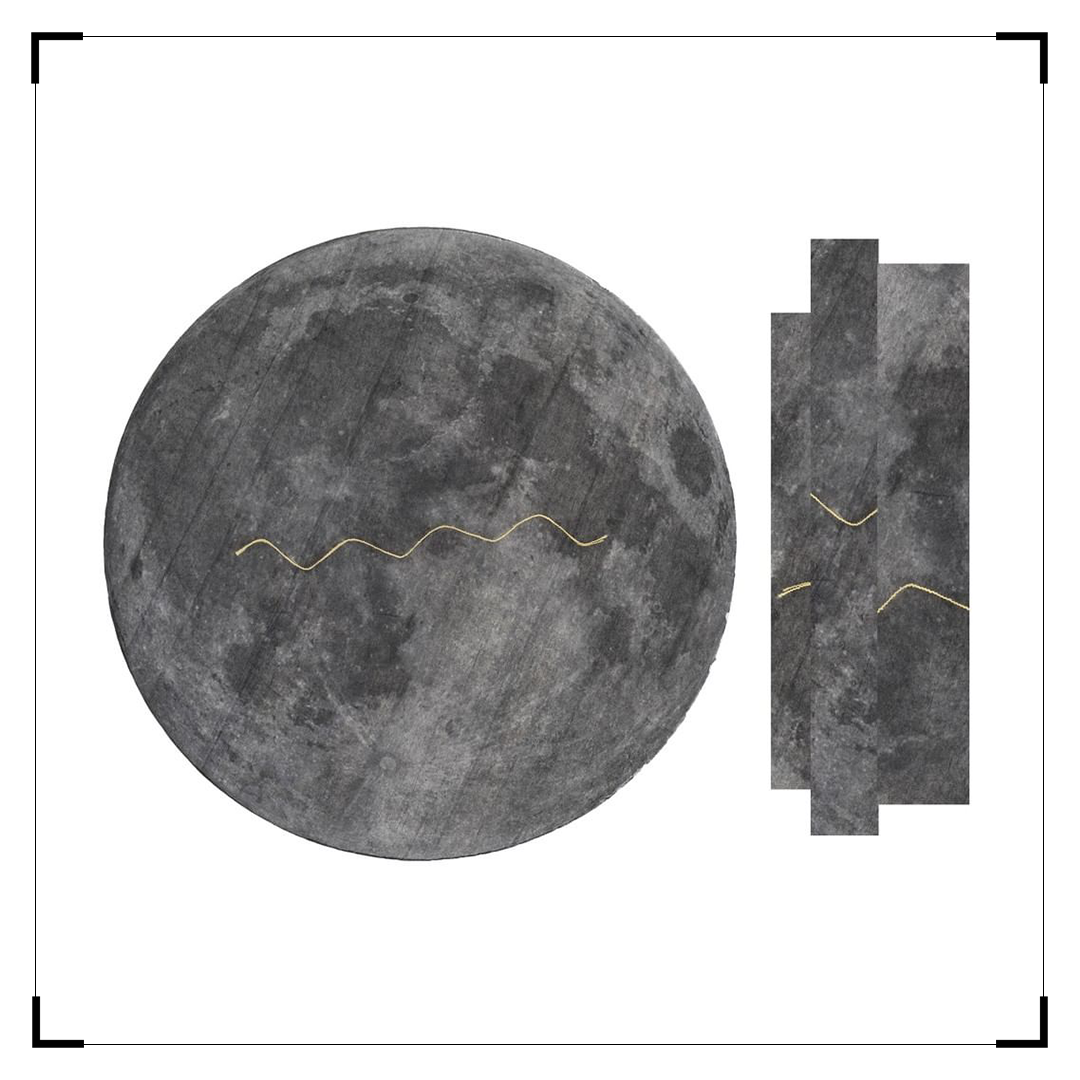
Cloth: The Original Technology
Whoosh. Click. Briinng-briinnng. Boop. Bzzzz. Sound familiar? It should do.
It’s the soundtrack of the 21st century, performed by an orchestra of our most beloved technologies — consumer electronics.
These devices do more than pierce (and punctuate) sacred silences, they enable us to conduct our lives with greater efficiency. As a result, gadgets have become an integral part of our lives — leaving some of us believing that life cannot be lived without them! Fitbits may help keep us fit, and iPhones keep us incredibly connected but neither provide warmth or shelter.
However, there does exist a technology which is more pervasive than the consumer electronic, used more intensively and is one we really cannot live without.
This technology has no song. Yet it has defined, changed and shaped the world we live in. The technology furthers our physical abilities and acts as our second-skin. It has many forms, t-shirts, jeans and socks are just a few!
The device in question is cloth — humanity’s original technology and our silent hero.
Our world is surrounded in cloth. We use it to frame windows, cushion floors and catch winds to foreign shores. Along with our world, cloth surrounds us! We fold ourselves into its creases during sleep and are swaddled in it like a spool at birth. Ahead of leaving our homes with brushed teeth, minty breath and wide eyes we put on at least two layers of the stuff — four if you’re living in the UK!
Clothes are one of our most vital possessions and their role more fundamental than maintaining a social facade. Clothes guard us. They shield us from the perils of the natural world and allow us to enter environments our skin cannot provide protection for.
Our skin accounts for approximately 16% of our body weight. It shields our soft tissues from puncture and prevents infection. Along with being a physical barrier, our skin acts as an interface between our external environment and our internal hard-drive, the brain. When our skin senses changes in temperature and pressure our body listens.
On cold winter nights, our skin signals for the hairs on its surface to stand up — creating an insulating layer. Most often this blanket of trapped air is not enough to keep our bodies running at a toasty 37℃. In such an event, our bodies react by telling us our best two options for keeping our internal systems firing at all cylinders:
1. We need to pick-up our pace
2. We need to run back inside and throw on a trusted scarf
Most of us would choose option 2. Option 2 satisfies long-term needs. And enables us to enjoy standing and surrendering our nose to collect flakes of snow, walk an extra 30 minutes with a date and affords us the the opportunity to watch a sunrise over a windy moor without numb toes. Option 2 unlocks new possibilities.
Clothing has opened possibilities for humanity to explore beyond the terrestrial environment.
Lab-blended fibres have allowed humans to survive crushing depths in the Pacific, sit atop Everest and make outer-space hospitable. They are the ultimate piece of wearable technology.
Despite these feats and our basic need for clothes we have lost respect for them. We bury our clothes ahead of mending them — with serious environmental consequences.
It is estimated that each year £140 million worth of clothing enters landfill and our unused clothing is worth approximately £30 billion. These numbers are shocking, but suggest opportunity — an opportunity to design clothes that won’t endanger our future.
The average lifetime of an item of clothing in the UK is estimated as ~2.2 years. However, if clothing life was extended by nine months carbon and water footprints can be reduced by 20–30% each.
With LittleHumans growing seven sizes in their first two years on Earth, the life of their clothing can be extended if we create clothes that grow with them!
By doing so, not only do we stand to reduce our environmental impact we hope to inspire the next generation to value their second-skin, our original technology.
Over & Out,
The Petit Pli Team
